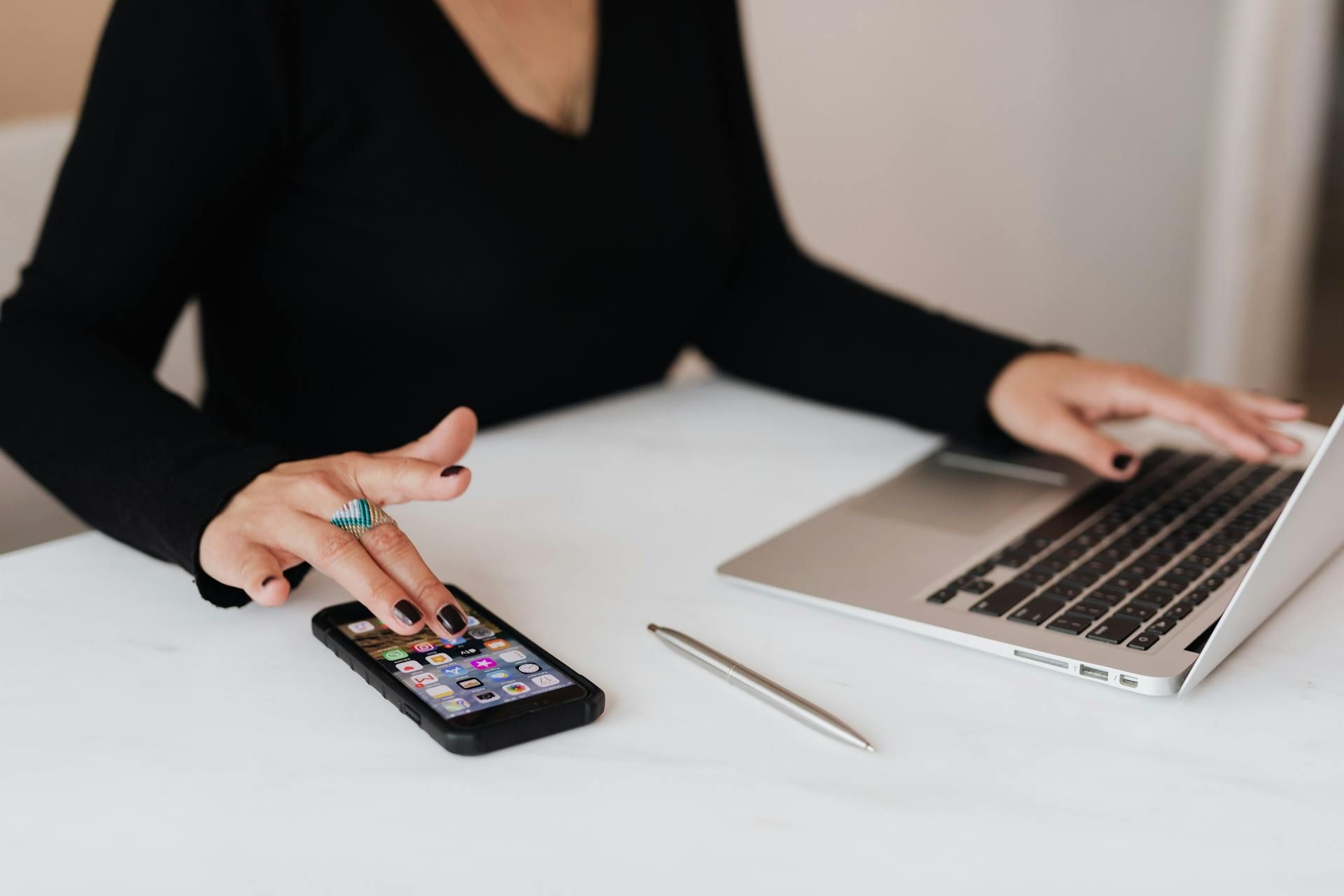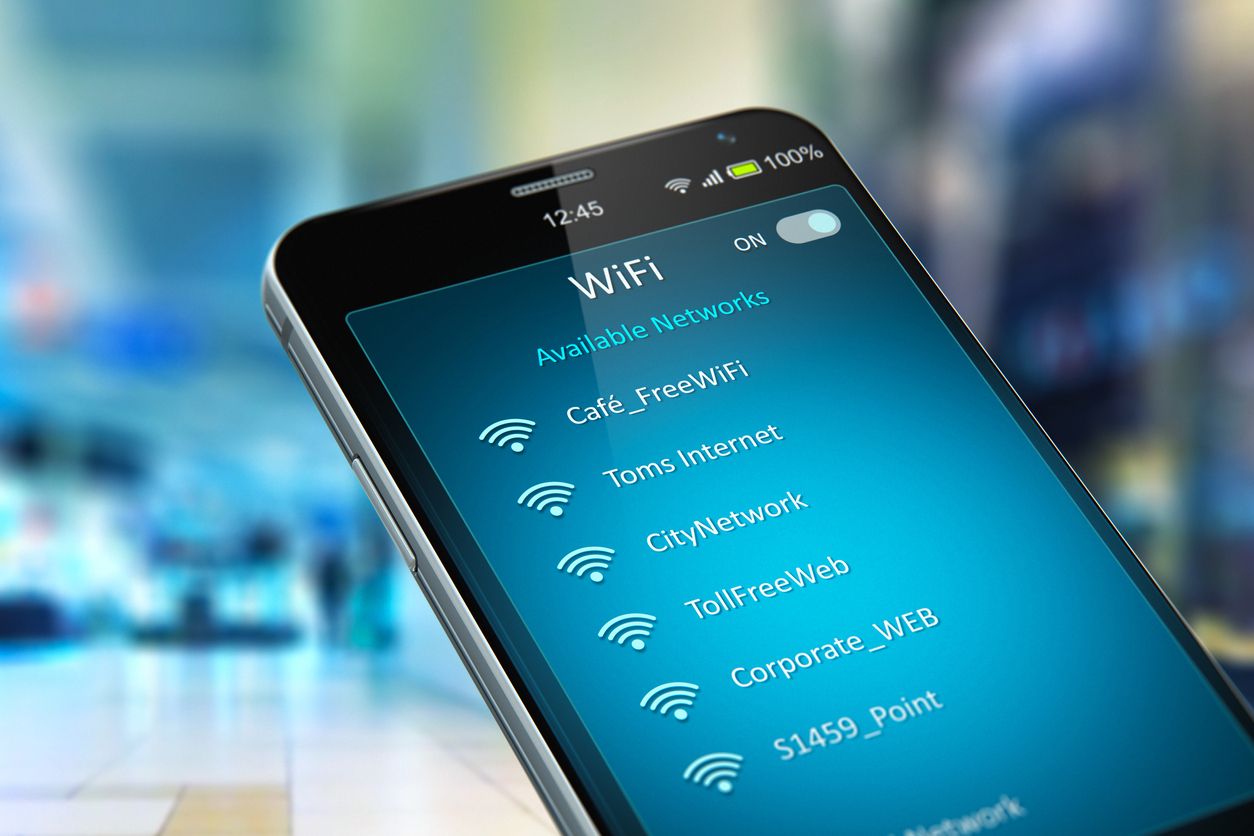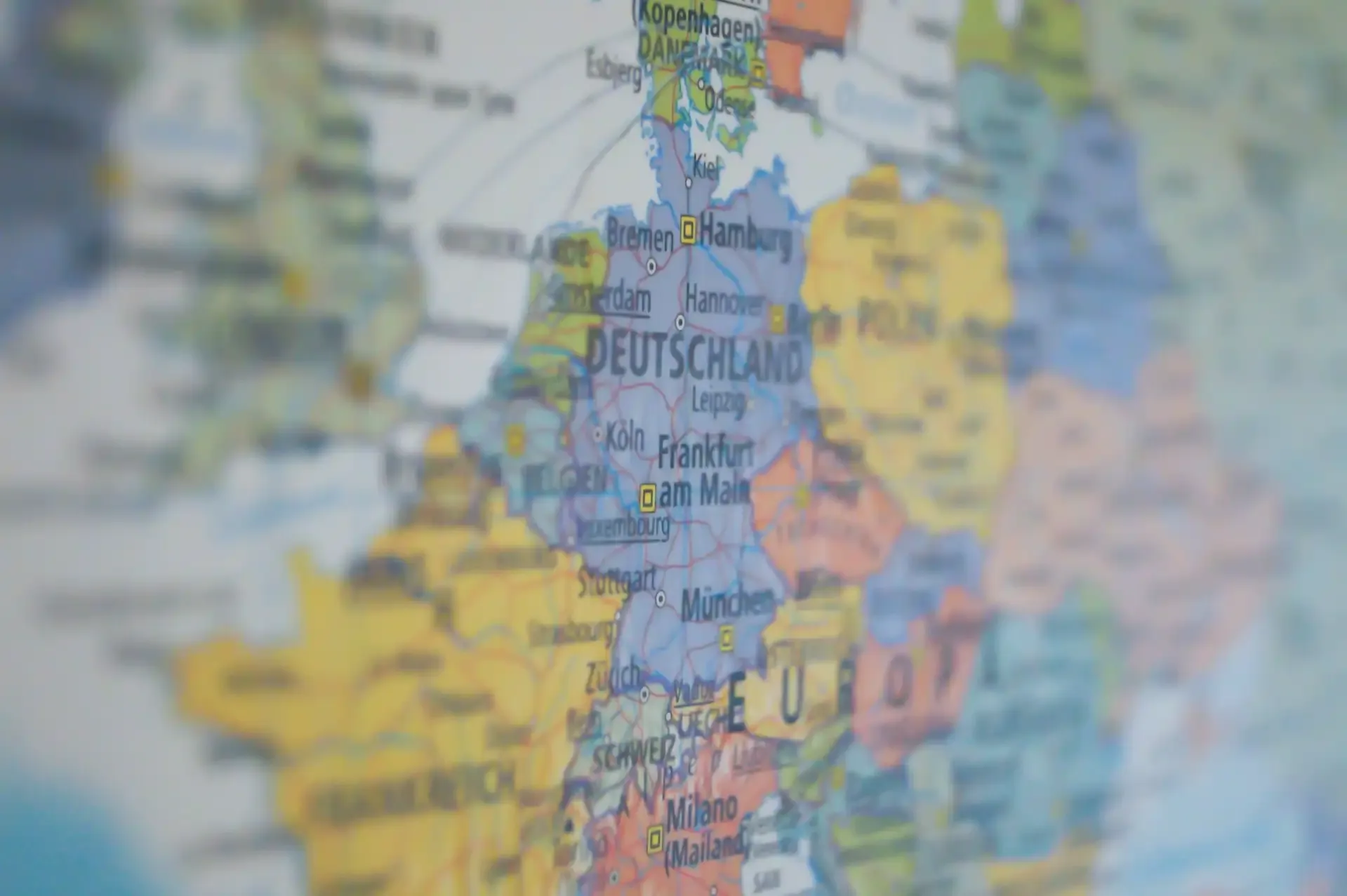eSIM
Does Hotspot Use More Data? Understanding and Managing Your Mobile Data
Short answer: No, using your hotspot doesn’t magically double your data usage.
TL;DR: No, using your phone as a hotspot doesn't inherently consume more data, but connected devices (especially laptops) consume more in the background and for higher-quality content. That’s why your data allowance depletes faster when tethering. Manage usage by controlling app settings, adjusting streaming quality, and tracking your data consumption.

Mobile hotspots have become an essential tool for staying connected on the go, transforming your smartphone into a portable Wi-Fi router. But a common question arises: Does using a hotspot actually use more data than browsing directly on your phone? The short answer is no, not directly. However, the way connected devices utilize that shared data can significantly impact your overall consumption.
How Hotspot Data Works: Sharing, Not Extra Usage
When you turn on your phone’s hotspot, it becomes a mini Wi-Fi router. It shares your mobile data plan with laptops, tablets, or other smartphones.
- The hotspot itself does not use more data.
- Data consumed is deducted directly from your plan, just as if you used the phone itself.
- What changes is how connected devices behave. This means if you stream a high-definition video on your laptop via your hotspot, the data used is deducted from your phone's data allowance, just as if you were streaming it directly on your phone.
Why Mobile Hotspots Seem to Use More Data (and How to Manage It)
While the hotspot itself doesn't inflate data consumption, the behavior of connected devices often leads to faster data depletion. Here's why:
1. Device Type and Usage Habits
Laptops and tablets, when connected to a hotspot, consume mode data because of:
- Higher Resolution Content: Bigger screens load HD images and videos.
- Background Processes: System updates, iCloud/Dropbox/Google Drive syncs, and antivirus downloads run automatically.
- Data-Intensive Applications: Social media sites auto-play videos, browsers load multiple tabs, and streaming services default to HD.
2. Multiple Connected Devices
Each connected device contributes to usage. Two people streaming = double consumption.
👉 Curious how eSIM sharing works? Read our blog on eSIM sharing to find out more.
3. Data-Intensive Activities
Some activities consume huge amounts of data no matter how you connect:
- Streaming video: SD, HD, and 4K content can burn through gigabytes quickly.
- Gaming: Multiplayer and updates are data-heavy.
- Large downloads/uploads: Software updates, movies, or media backups to the cloud.
📺 Want to know how much streaming really costs your data plan? Check out our guides on YouTube data usage and Netflix data usage.
How Much Data Does Hotspot Use? (Estimated per Hour)
Understanding typical data consumption for various activities can help you manage your hotspot usage. Here’s an estimated breakdown:
Source: Telstra AU
Note: These are estimates. Actual usage can vary based on content quality, device settings, and specific applications.
How to Reduce Hotspot Data Usage: Smart Strategies
Track Data in Real-Time: Use your phone’s data monitor to set alerts and caps - both iOS and Android offer native data tracking. For detailed steps, see our guide on how to track data usage.
Disable Background Updates: Turn off auto updates on laptops and cloud sync before connecting.
Adjust Streaming Quality: Watch videos in SD instead of HD/4K — a huge data saver.
Limit Connected Devices: The fewer devices tethered, the less data burned.
Use Data-Saving Modes: Browsers like Chrome and Opera, plus some apps, compress media to reduce usage.
Learn more about installing an eSIM and using an eSIM on multiple devices if you want to manage tethering efficiently.
Bonus: If you are using Nomad eSIM, the Nomad app also lets you view your usage directly.
Tip: Managing Battery Life While Hotspotting
Using your phone as a hotspot is battery-intensive. To extend your phone's charge:
- Keep it Plugged In: Whenever possible, connect your phone to a power source while hotspotting, especially during prolonged use.
- Optimize Phone Settings: Lower screen brightness, close unnecessary apps running in the background, and enable battery saver mode.
- Consider a Portable Charger: A power bank is an invaluable accessory for travelers who rely on their hotspot.
Nomad eSIM: Your Smart Solution for Hotspot Data on the Go
For travelers, efficient hotspot data management is critical. Nomad eSIM offers a seamless solution, allowing you to purchase affordable data plans for your smartphone, which can then be shared via hotspot with your other devices.
- Affordable global data in over 200 destinations, avoiding roaming charges.
- Flexible plans for short trips or long stays, with instant top-ups.
- Easy management in the app where you can buy, install, and monitor usage in one place.
- 24/7 customer support gives you peace of mind, with help available anytime, anywhere, no matter the time zone.
New to Nomad eSIM? Try before you buy with our Free Travel eSIM Trial (1 GB Data), perfect for testing hotspotting on the go.
👉 To compare options of staying connected while overseas, refer to our guide: Local SIM vs Travel eSIM vs Roaming.
Conclusion
Using hotspot is especially useful for travelers and remote workers. While it doesn't inherently use more data, the activities performed by connected devices can quickly consume your mobile data allowance. By understanding how data is used and implementing smart management strategies, you can harness the power of your mobile hotspot without breaking your budget or running out of connectivity.
Stay informed, stay connected, and make the most of your mobile data wherever you go.
Frequently Asked Questions (FAQs) about Hotspot Data Usage
Does using a hotspot drain my phone battery faster?
Yes, using your phone as a hotspot is battery-intensive. The phone has to maintain a cellular connection, broadcast a Wi-Fi signal, and process data for all connected devices, which consumes significant power. Keeping your phone plugged in or using a portable charger is recommended for extended hotspot use.
Can I set a data limit for my hotspot?
Many smartphones and operating systems allow you to monitor hotspot data usage and set alerts or limits. For instance, on Android, you can often find these settings under "Network & internet" > "Hotspot & tethering." On Windows and macOS, you can set the hotspot connection as a "metered connection" to reduce background data usage.
Does my carrier charge extra for hotspot usage?
Most carriers include hotspot data as part of your regular mobile data plan. However, some plans might have a separate, lower data cap for hotspot usage, or throttle speeds after a certain threshold. Always check your specific mobile plan details with your carrier to understand any limitations or additional charges.
Is hotspot data usage the same as my phone's regular data usage?
Yes, hotspot data usage is drawn directly from your phone's overall mobile data allowance. It's not a separate pool of data, but rather a way of sharing your existing data plan with other devices. The key difference is that connected devices often consume data more rapidly due to their default settings and usage patterns.
What activities consume the most hotspot data?
Activities that involve large file transfers or high-quality media streaming consume the most data. This includes streaming HD/4K videos, online gaming, downloading large files (software updates, movies), and video conferencing. Basic browsing and messaging use significantly less data.



